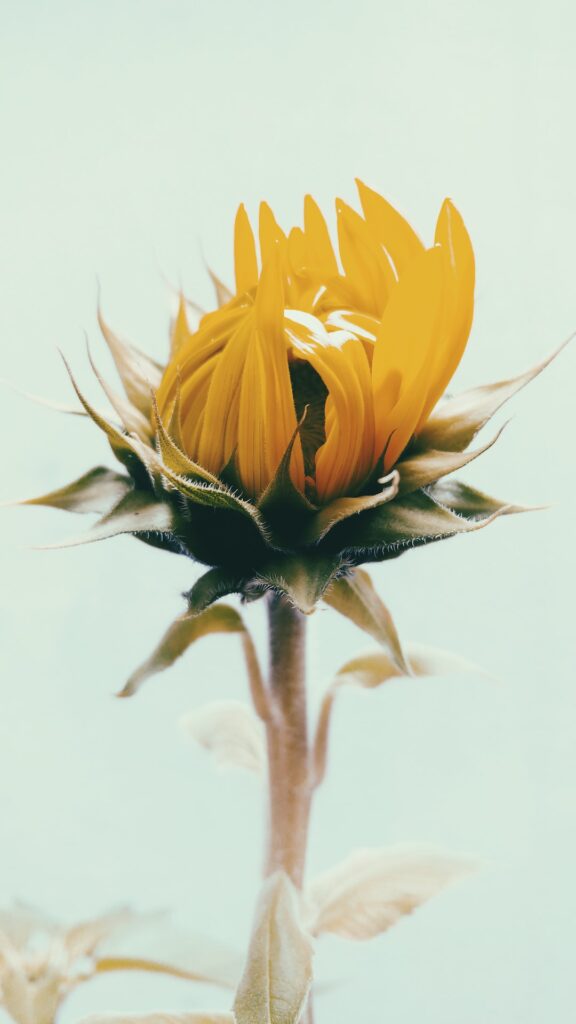Planting Sunflower Seeds: A Complete Guide
Are you looking to add a splash of sunshine to your garden? Planting sunflower seeds is a fantastic way to brighten up your outdoor space and enjoy the beauty of nature. Whether you’re a seasoned gardener or a beginner with a green thumb, growing sunflowers can be a rewarding and enjoyable experience.
Interest
Did you know that a sunflower can contain up to 2,000 seeds? That’s right – this vibrant flower is not only a sight to behold, but it also produces a bountiful harvest of nutritious seeds. In fact, sunflower seeds are rich in healthy fats, protein, vitamins, and minerals, making them a fantastic addition to your diet. Plus, sunflowers are not only beautiful but are also an important crop, with Ukraine being the leading producer, followed by Russia and Argentina.
Selecting the Right Location
Before you get your hands dirty, it’s important to choose the perfect spot for planting your sunflower seeds. Sunflowers thrive in sunny locations with well-drained soil. Select an area in your garden that receives at least 6-8 hours of sunlight per day. Avoid planting them too close to other tall plants or structures, as they may block the sun or inhibit the growth of your sunflowers.
Preparing the Soil
Once you’ve chosen the ideal location, it’s time to prepare the soil for planting. Sunflowers prefer soil that is moderately fertile and well-drained. Remove any weeds and debris from the area and work the soil to a depth of about 2 feet. You can enrich the soil with organic matter, such as compost, to provide essential nutrients for the seeds.
How-To:
1. Clear the area of any unwanted plants or debris.
2. Use a garden fork or tiller to loosen the soil to a depth of 2 feet.
3. Mix in organic matter, like compost, to enrich the soil.
Planting Sunflower Seeds
Now comes the exciting part – planting your sunflower seeds! The best time to plant sunflowers is in late spring after the last frost has passed. Sow the seeds directly into the ground, spacing them about 6 inches apart and covering them with 1 inch of soil. If you’re planting multiple rows, ensure that there is a distance of at least 30 inches between each row to allow ample space for the sunflowers to grow.
How-To:
1. Create small holes in the soil, spaced 6 inches apart.
2. Drop a sunflower seed into each hole and cover it with 1 inch of soil.
3. Water the area gently to help the seeds settle into the soil.
Watering and Maintenance
Once your sunflower seeds are in the ground, it’s crucial to provide them with adequate water to support their growth. Water the area thoroughly after planting, and continue to keep the soil moist but not waterlogged. As the sunflowers grow, it’s essential to water them deeply at the root zone, especially during dry spells.
In addition to watering, consider applying a balanced fertilizer to the soil when the sunflowers are about 12 inches tall to promote healthy growth. Keep an eye out for any pests or diseases, and address them promptly to ensure that your sunflowers flourish.
Supporting Tall Sunflowers
As your sunflowers start to grow, some varieties may require support to prevent them from toppling over. Consider using stakes or a trellis to provide support and keep the sunflowers upright, particularly in windy conditions. Gently tie the stems to the support structure using soft garden twine, being careful not to constrict the growth of the plants.
Harvesting Sunflower Seeds
After months of tending to your sunflowers, the time will come to harvest the seeds. As the flower heads mature, the back of the heads will turn brown, and the seeds will develop a plump, black-and-white striped appearance. Once the seeds are fully developed, cut the flower heads from the plants and hang them in a warm, dry location to finish drying.
Once the seeds are dry, remove them from the flower heads and store them in airtight containers. These delicious and nutritious seeds can be enjoyed as a snack, added to baked goods, or used as a topping for salads.
How to Incorporate Sunflowers into Your Daily Life
Now that you’ve mastered the art of planting sunflower seeds, it’s time to incorporate these cheerful blooms into your daily life.
1. Brighten up Your Home: Bring the beauty of sunflowers indoors by creating stunning floral arrangements to adorn your living space.
2. Enjoy Nutritious Snacks: Indulge in the health benefits of sunflower seeds by incorporating them into your daily diet. Sprinkle them on yogurt, cereal, or salads for a nutritious crunch.
3. Share the Joy: Spread the happiness by gifting sunflower bouquets to friends and family, brightening their day with these radiant blooms.
4. Educational Fun: Engage children in the joy of gardening by involving them in planting and caring for sunflowers. It’s a fantastic way for them to learn about nature and responsibility.
In Conclusion
Planting sunflower seeds is not only a delightful and rewarding experience but also a wonderful way to connect with nature and enjoy the beauty of these magnificent flowers. From selecting the perfect location to harvesting the seeds, each step in the process brings joy and fulfillment. So, roll up your sleeves, grab your gardening tools, and get ready to watch your sunflowers bloom and thrive!
















